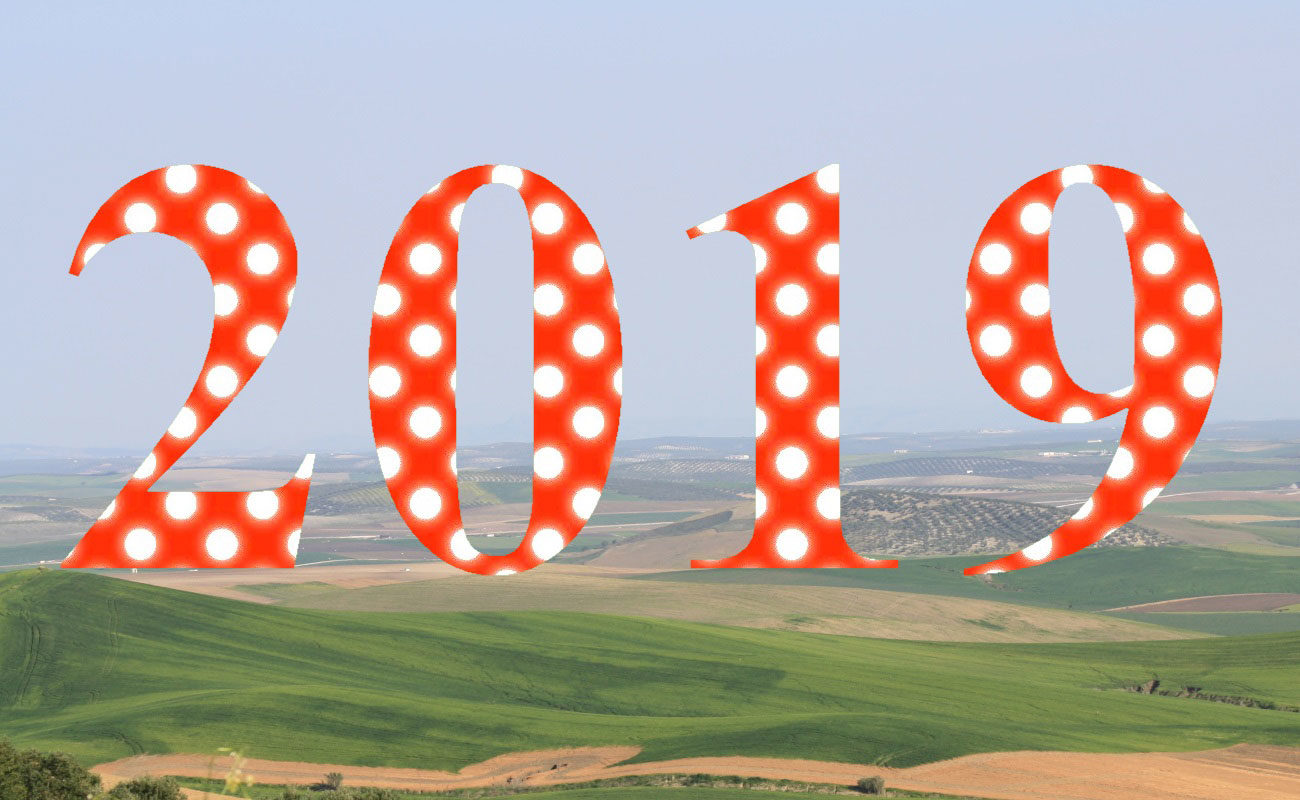What’s in store for 2019?
Whenever a new year starts, we use to ask ourselves whether it will bring good or bad things to flamenco, which is something we care about more than our own lives, sometimes.

Whenever a new year starts, we use to ask ourselves whether it will bring good or bad things to flamenco, which is something we care about more than our own lives, sometimes. Will this year be the one when a genius who revolutionize cante is born, someone like Silverio, Chacón, Niña de los Peines, Manolo Caracol, Lebrijano, Camarón or Morente in their own time? Would that be a cantaor or a cantaora? Would the flamenco feminists stop complaining, which would mean that finally cantaores and cantaoras would finally be considered equal by the aficionados? Will the Rosalía craze get bigger, or will this singer from Catalunya fade into obscurity?
We could ask ourselves many dozens of questions, but in the end, whatever happens, happen, and we’ll have to accept whatever that is. This I could be the year of Rancapino Chico or Toñi Fernández, of Ezequiel Benítez or Marina Heredia, of Jesús Méndez or Antonia Contreras. We may be surprised to discover a guitarist who believes there’s life for flamenco guitar after Paco de Lucía. And a bailaorwho doesn’t think it’s impossible to surpass Gades or Mario Maya. Perhaps, God willing, Rocío Molina will gift us with a show that will allow her to come back, even for a little while, to the world of the most traditional flamenco dance. And it’s even possible that master Canales receives in Seville, in his Triana, the tribute he has deserved for many years for having taken our art and the name of this Andalusian city all through the five continents.
This should be the year when we, flamenco critics, agree among ourselves to defend together, against all odds, an art constantly threatened by false prophets and revolutionaries, and even by institutions, public and private, that are not always clear about how to properly handle this musical genre from Andalusia that already belongs to the whole world. We, flamenco critics, have always had our disagreements, but I remember a time when we were a strongly united clan that defended our art. Nowadays, each of us goes their own way, minding their own business, a compás or not.
In conclusion, I hope this will be a Good year for flamenco and for flamencos, particularly those who make a living off singing, dancing or playing the guitar, the professionals of this art who are the ones who matter the most. They are the creators and the true keepers of flamenco. We critics merely take note of what’s going on and we’re usually at each other’s throats. The artists love flamenco in a different way and, even as they have a vested interest, because they make a living off it, they’ve always shown an incomparable love for this art form.
In our website, we’ll keep improving to better serve flamenco. For us, it will be a year of growth, changes and improvements in every aspect. That’s what we want, and that’s what we’ll achieve. Happy New Year to all our many readers, all over the world.
Translated by P. Young




